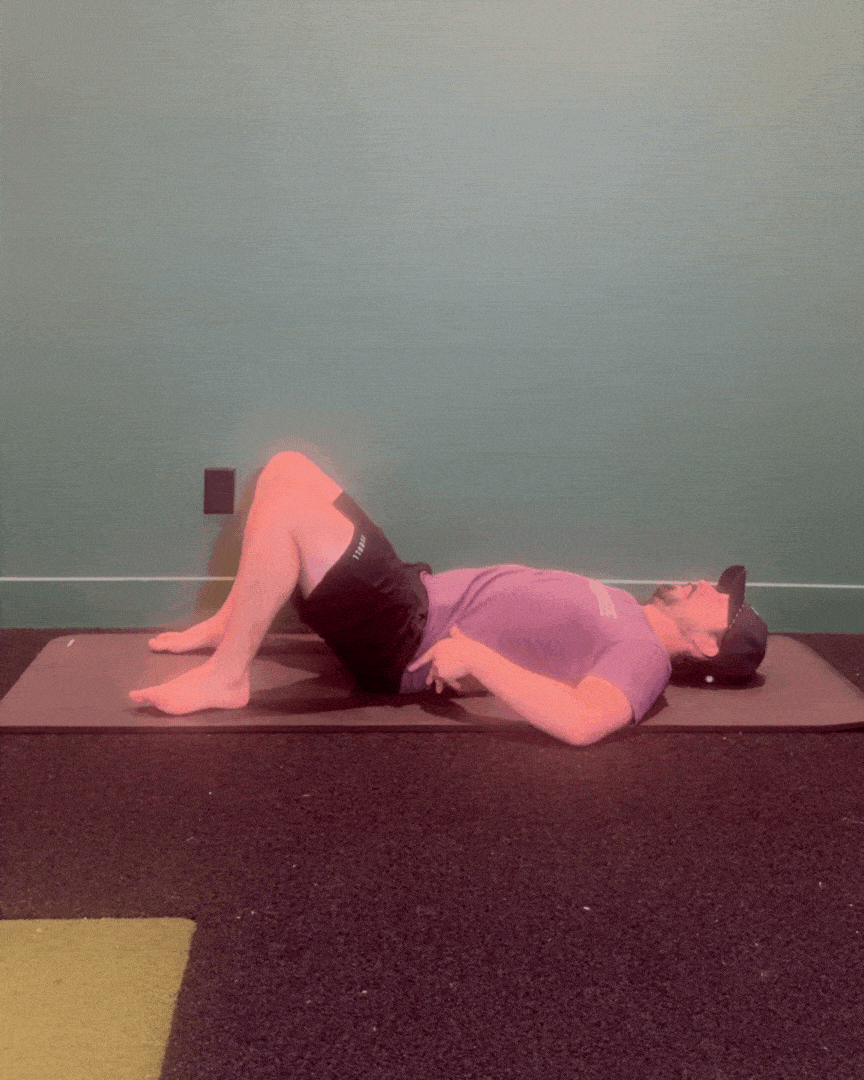- Move More Minute
- Posts
- SI Joint Pain
SI Joint Pain
How I Help My Patients With SI Joint Pain

🌟 Something New I’ve Been Working On
I’ve been testing a new way to help people stuck in pain — and it’s finally ready.
It’s called The 7-Day Movement Reset. It helps you understand what’s driving your pain and gives you a simple plan to start feeling better fast.
Here’s what’s inside:
A custom plan based on how your body moves
Step-by-step home exercises
Noticeable relief within a few days for most people
A clear path forward so you know what to do next
It’s the same process I use with pro athletes — simplified for everyday life.
If you’ve been frustrated or unsure where to start, this reset can help you move and feel better.
⚠️ Spots are limited each week so I can personally review each plan.
Read Time: 3 minutes
Time To Perform Exercises: 5 minutes
🧠 This Week’s Topic: SI Joint Pain
If you’ve had sharp pain on one side of your low back or butt — especially when standing, walking, or rolling in bed — your SI joint (sacroiliac joint) might be the cause.
This joint doesn’t move much, but when the balance of strength and flexibility around it gets off, it can become painful and inflamed.
🔍 What Is SI Joint Pain?
Your SI joints connect your spine to your pelvis, one on each side, near the dimples at your lower back.
They help transfer force between your upper and lower body every time you walk, run, or bend.

When they move too much (instability) or too little (stiffness), they can get irritated.
Pain often feels deep and achy on one side and may spread into the hip, butt, or upper thigh.
Many people confuse it with regular low back pain — that’s what makes it tricky.
⚙️ What I See Work Best
In my patients, those who improve fastest don’t just stretch or adjust one spot — they strengthen and move better overall.
The key is simple:
Build stability with stronger glutes and core
Improve mobility in the hips and mid-back
This combo eases pressure on the SI joint and helps it move how it should.
Quick At-Home Test (FABER Test)

Sit in a chair and cross one ankle over the other knee (like a “4”).
Gently press the bent knee toward the floor.
If that causes pain near your low back or hip — especially near the dimple at your beltline — your SI joint may be involved.
If you’re not sure and want me to take a closer look, that’s exactly what The 7-Day Movement Reset is for.
💪 3 Exercises That Help SI Joint Pain
These are the exercises I use most often with patients who have SI joint pain.
They build the right mix of strength and mobility around the pelvis.

1. Glute Bridge (3 sets of 30 secs)
Lie on your back, knees bent, feet flat.
Lift your hips until your body forms a straight line.
What it does: Activates your glutes to stabilize the pelvis.

2. Bird Dog (3 sets of 15 secs/side)
On all fours, extend one arm and the opposite leg.
Keep your hips level and your back steady.
What it does: Builds glute and core control — key for SI joint stability.

3. Deficit Lunge (3 sets of 10/side)
Stand with your front foot on a small step or plate.
Lower slowly, keeping your back knee under control.
What it does: Improves hip mobility and single-leg strength to reduce stress on the joint.
Try to do these daily for the next 2-4 weeks. Move slow, stay controlled, and don’t push into pain.
👋 Wrap-Up
SI joint pain can feel like it comes out of nowhere and never leaves.
But once you restore balance between strength and mobility, it often calms down fast.
If you’ve been trying to figure out what’s really causing your pain, I’d love to help you get clear on it — and get moving again.

Dr. Matt Moreno, D.C., C.C.S.P.®
The Move More Minute
When you’re ready, here’s how I can help:
The 7-Day Movement Reset – If pain is keeping you from moving the way you want, this free reset helps you understand what’s holding you back and gives you a clear plan to start feeling better.
Free Resources – Check out our guides and protocols under the Resources tab on our website.
What did you think of today's newsletter? |
Disclaimer: The information provided in this newsletter is for educational and informational purposes only and is not intended as a substitute for professional medical advice, diagnosis, or treatment. Always seek the advice of your physician, chiropractor, or other qualified healthcare provider with any questions you may have regarding a medical condition or before starting any new exercise program.
The exercises and suggestions provided are general recommendations and may not be suitable for everyone. If you experience pain, discomfort, or any concerning symptoms while performing these exercises (such as numbness, dizziness, or increased pain), stop immediately and consult a qualified healthcare professional.
Do not disregard professional medical advice or delay seeking it because of something you have read in this newsletter. The author, Move More Minute, and its affiliates assume no responsibility for injuries or issues that may arise from following the recommendations provided. By engaging with this content, you agree to do so at your own risk.
For personalized care or specific advice, please schedule an appointment with a qualified professional.